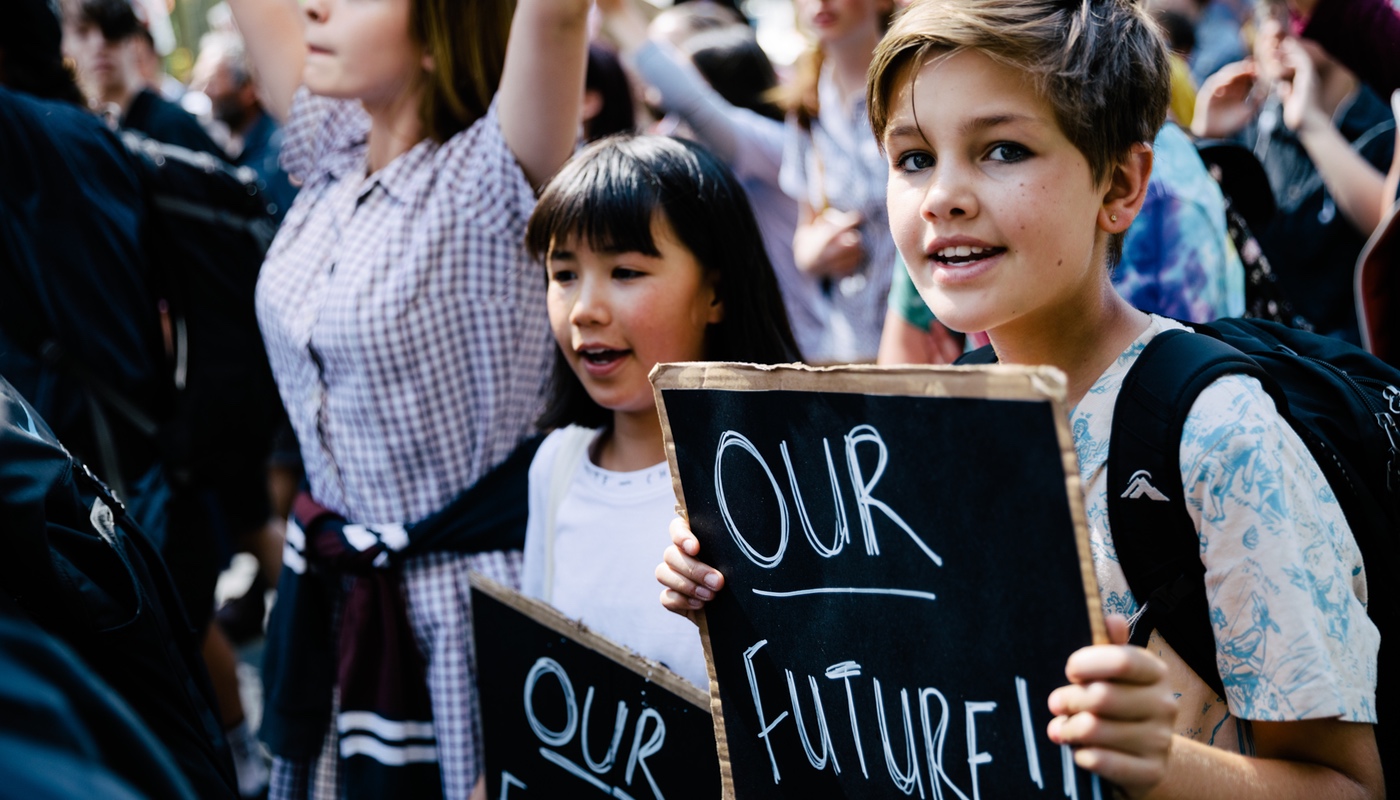Environment Victoria
45% by 2030 is a dud target because it forgoes any chance of keeping warming to 1.5 – remembering that even 1.5 degrees of warming is going to have severe consequences.FAQ
What are Victoria’s emission reduction targets?
Victoria has a legally binding target to reach zero greenhouse gas emissions by 2050. This is set out in the Climate Change Act 2017, which also states the government must set ‘interim targets’ for every five years, starting with 2025 and 2030. These targets are due to be announced in March, so this is a critical time for action on climate in Victoria.
What should the targets be?
We are already experiencing unacceptably dangerous fires, heatwaves, storms and drought at only 1.1 degrees of warming. And it will only get worse if we don’t make urgent cuts to the pollution that is overheating our planet.
Through the Paris Climate Agreement, the international community aims to limit warming to 1.5 degrees. If Victoria wants others to do their part, we must do ours. That means cutting emissions by at least 65 to 80 percent by 2030 to have even a moderate chance of success. Higher targets would be safer.[1]
This is a critical moment to speak up and make sure the government adopts the strongest possible targets.
Why are these targets important?
These targets will influence every decision made on climate in Victoria for the next ten years.
After the targets are set, ministers will need to announce ‘sector pledges’ determining how our most polluting sectors – like electricity, transport and agriculture – reduce emissions. Higher targets will mean more investment in clean energy, efficient housing, more support for farmers to cut emissions, more public transport and more clean technology and design.
This transition can be achieved in a way that is fast but also fair. It’s an extraordinary opportunity to build the more sustainable society we need.
